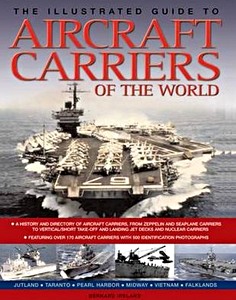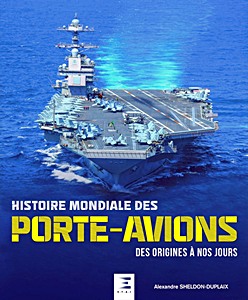Cuando compras a través de los botones de esta página, podemos ganar una pequeña comisión sin costo adicional para ti. Más información >
Buques de guerra (Siglo 21): libros - historia y modelos
¿Un libro sobre buques de guerra? Descubre aquí libros ilustrados sobre la historia, los tipos y la técnica de buques de guerra del siglo 21.
Actualmente no hay (todavía) libros disponibles sobre este tema.
Otros libros en esta categoría:

The Illustrated Guide to Aircraft Carriers of the World
Bernard Ireland | Inglés | tapa blanda | 256 pág. | 2012

World War I Seaplane and Aircraft Carriers
Mark Lardas | Inglés | tapa blanda | 48 pág. | 2016

Carriers at War 1939-1945
Adrian Stewart | Inglés | tapa dura | 228 pág. | 2013

Histoire mondiale des porte-avions, des origines à nos jours
Alexandre Sheldon-Duplaix | Francés | tapa blanda | 240 pág. | 2022
